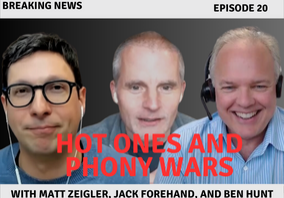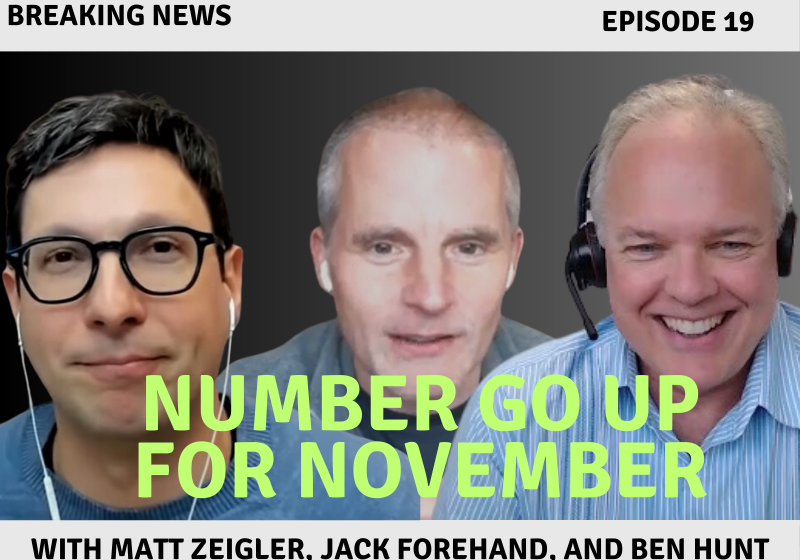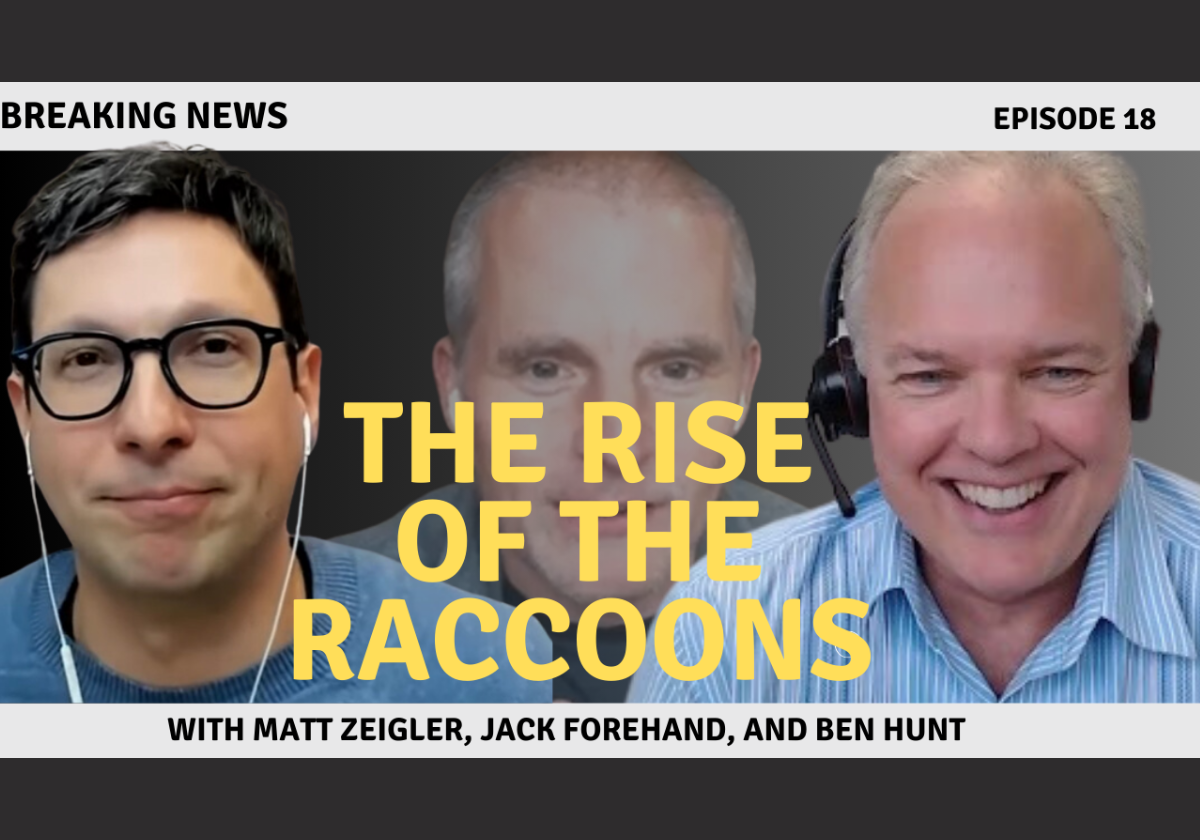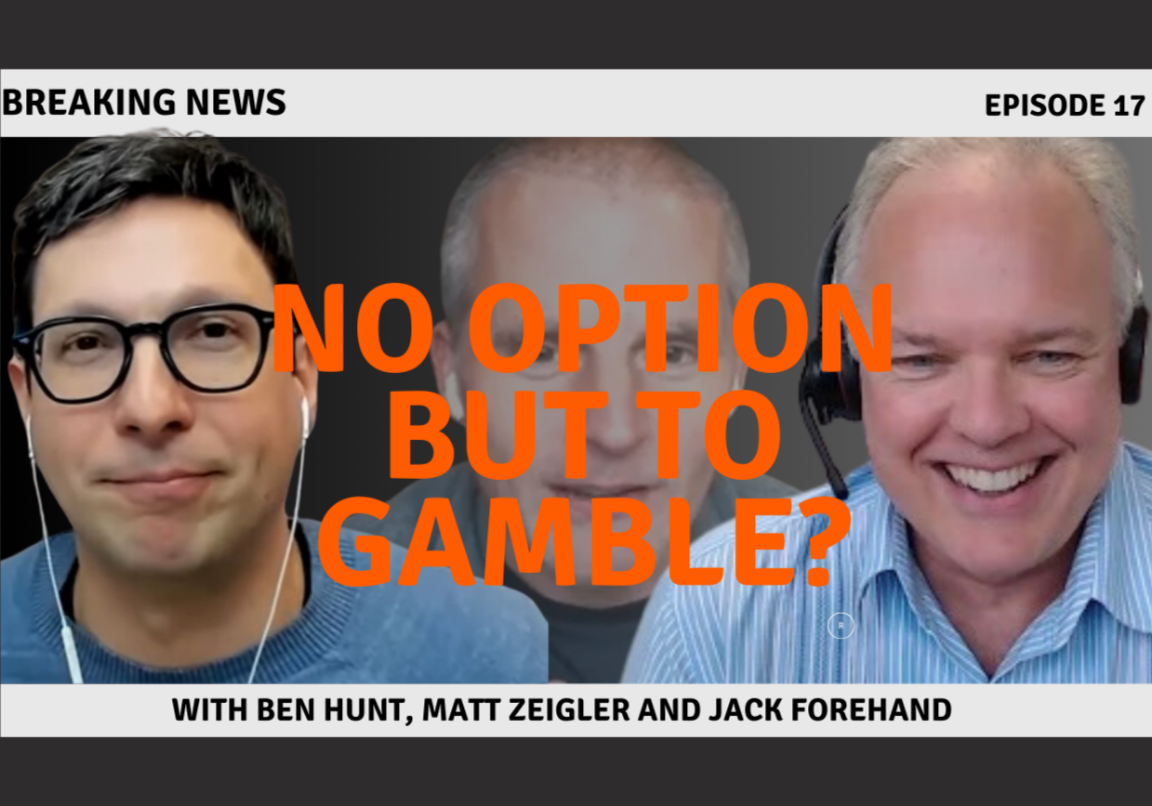Inflation in the Twenty-First Century: A Circular Flow No Longer
To learn more about Epsilon Theory and be notified when we release new content sign up here. You’ll receive an email every week and your information will never be shared with anyone else.
Continue the discussion at the Epsilon Theory Forum
5 more replies
The Latest From Epsilon Theory
This commentary is being provided to you as general information only and should not be taken as investment advice. The opinions expressed in these materials represent the personal views of the author(s). It is not investment research or a research recommendation, as it does not constitute substantive research or analysis. Any action that you take as a result of information contained in this document is ultimately your responsibility. Epsilon Theory will not accept liability for any loss or damage, including without limitation to any loss of profit, which may arise directly or indirectly from use of or reliance on such information. Consult your investment advisor before making any investment decisions. It must be noted, that no one can accurately predict the future of the market with certainty or guarantee future investment performance. Past performance is not a guarantee of future results.
Statements in this communication are forward-looking statements. The forward-looking statements and other views expressed herein are as of the date of this publication. Actual future results or occurrences may differ significantly from those anticipated in any forward-looking statements, and there is no guarantee that any predictions will come to pass. The views expressed herein are subject to change at any time, due to numerous market and other factors. Epsilon Theory disclaims any obligation to update publicly or revise any forward-looking statements or views expressed herein. This information is neither an offer to sell nor a solicitation of any offer to buy any securities. This commentary has been prepared without regard to the individual financial circumstances and objectives of persons who receive it. Epsilon Theory recommends that investors independently evaluate particular investments and strategies, and encourages investors to seek the advice of a financial advisor. The appropriateness of a particular investment or strategy will depend on an investor’s individual circumstances and objectives.









(Figure 2.3 didn’t load for me. Is it local to me?) Thx!
Loads OK for me on Brave.
If I may interject an ET concept into this discussion. “What do we need to be true”.
The federal fiscal trainwreck happens very quickly at elevated interest rates. My guess is inflation will come down to or below the FEDs 2% target as the BLS will change the formula and/or hedonically adjust the excess inflation away. They will introduce new “incentives” for banks, insurance companies and pensions to force them to become ever expansive buyers of treasuries.
The Renfields in the financial media will spread the good word , that will put off the reckoning another decade or so.
@Victor_K Can you see it here? It might be that your browser has some issues with WEBP images.
I can not see the imagine in Safari, but can in Chrome.
Clearly the USA keeps meddling with the laws of balance - moving the fulcrum, reshaping the fulcrum. But ultimately gravity rules here. I keep reading about supply of money from Treasury buyers and the changes in dynamics (one of which Kevin illustrated in this thread).
I guess my simple question: Is there enough supply in the world of money to sustain an ever increasing share (40% and rising) of the world’s deficits (USA) for a mere 4% (USA) of the world’s population? Doesn’t gravity come in at some point and reset things to a proper balance?
If the world has other alternatives, clearly rates in USA have to move up or stay higher, but who are the other buyers? Jack/Jill taxpayer, USA institutions, the FED? Doesn’t that supply shift start starving the private sector?
These scenarios certainly seem to have higher odds of playing out given the geopolitical shifting going on, at least that’s my read?
Thoughts?
That would be the playbook, it could be running out of pages. The commercial banks seeking to hold more short term treasuries will reduce the supply of credit to business; counterproductive if production and exports are hoped to reduce deficits.
I think the more useful comparison is debt and deficits as it compares to our GDP vs that of the world population. Your point still holds just not as striking.
Of course Govt borrowing crowds out the private sector. I just dont think our leaders look at world nearly the same as we do. I think they know it’s a house of cards They just ask themselves " How can we put off the collapse until WE are out of power. For current Democratic leadership. Biden , Pelosi, and Schumer that’s not very long. For GOP Trump , McConnel and McCarthy its not very long either —so maybe the bill will be paid sooner than expected.
Yes the GDP filter is very helpful (and indicator is better than i thought).
Odd enough, i just saw a post in a Mauldin publication where Kevin’s plumbing drawing is playing out with the saudi’s…their treasury holdings have fallen from $184B to 108B in…3 years. My hunch is that USD from USA is still flowing at a decent rate to Saudi for oil, especially in the last 3 years.
Hmm.
OK thanks all! Image loaded in Chrome but not in Safari. (I wonder how much other stuff I missed over the years?) Thx!